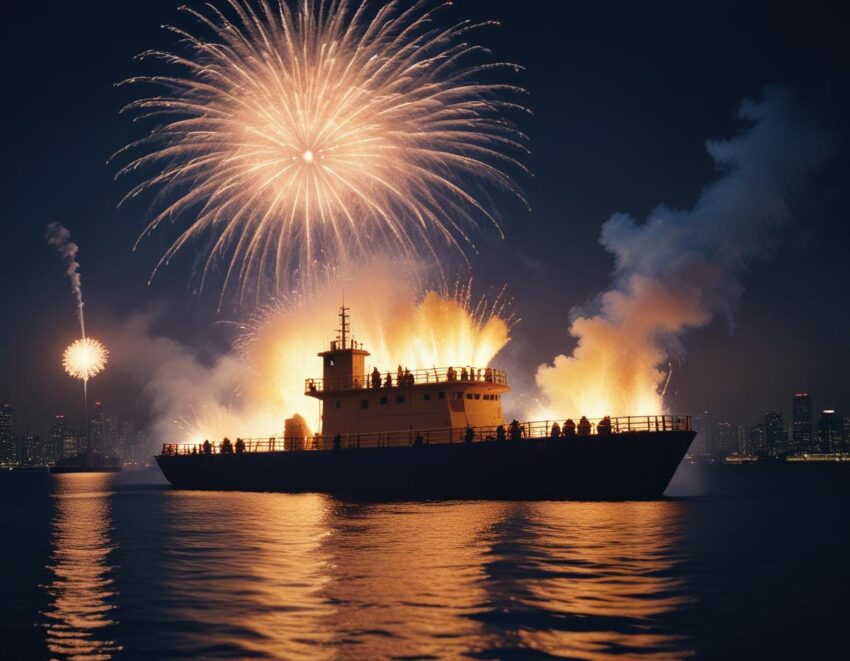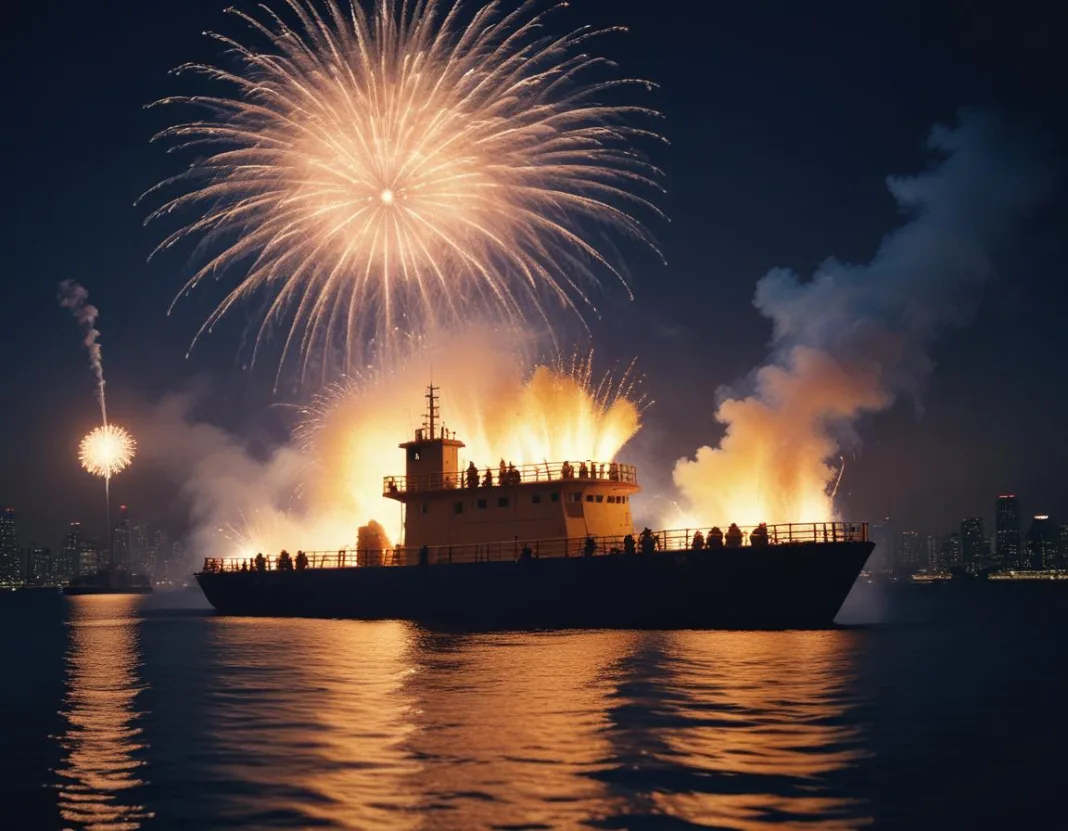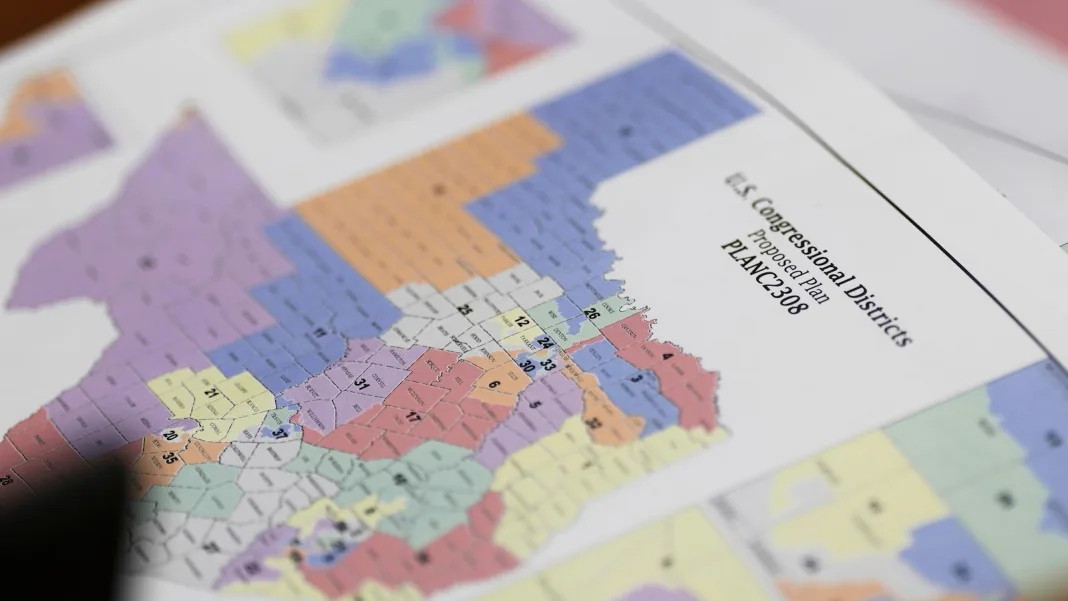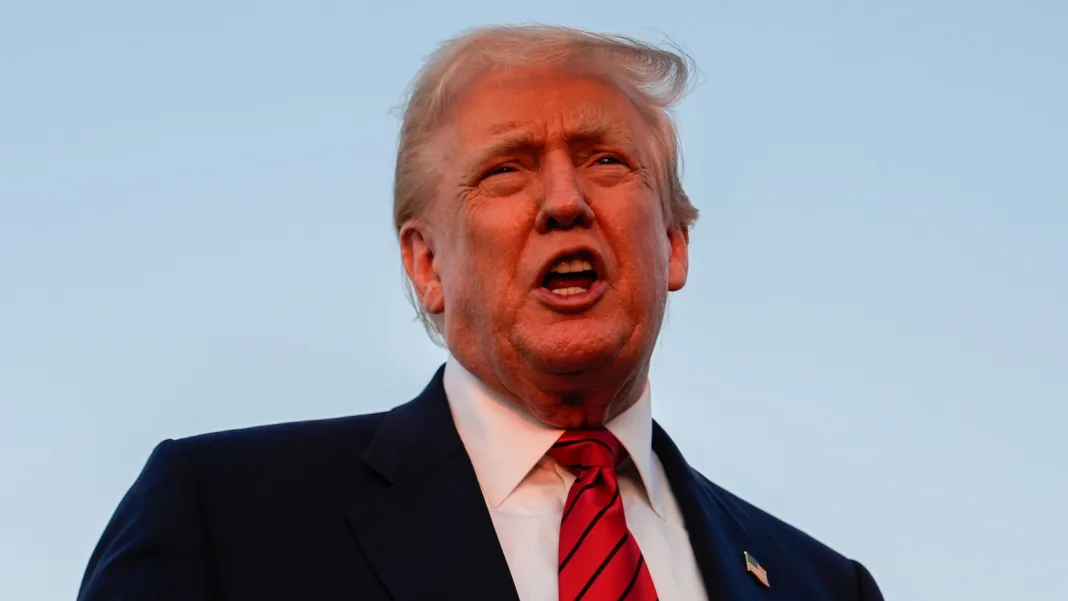Wednesday, August 6, 2025

The Japan Spectacular Fireworks Festival turned from a night of beauty into chaos after a Yokohama barge blaze forced a shocking sea rescue. As fireworks lit up the sky, flames unexpectedly rose from a barge on the water, stunning crowds near Tokyo. The Yokohama barge blaze turned the summer spectacle into an emergency scene, leaving one injured and five workers scrambling to escape. The incident disrupted what should have been a spectacular fireworks festival and raised serious safety questions about Japan’s most cherished cultural events.
This inferno during Japan’s biggest summer celebration was not just a one-off accident. It added to a growing list of troubling moments where joy turned to disaster. In this article, we take a deep dive in history of accidents that occurred during other cultural extravaganza events around the world. From Japan to Europe and the United States, similar accidents have occurred due to crowd surges, fire, or poor safety planning. And each incident tells us something new about what needs to change.
As we reflect on this Japan spectacular that ended in smoke, we must understand why these events still lack foolproof safety measures. The Yokohama barge blaze is a call to action, not just in Japan but across all countries that celebrate large-scale festivals. Through this deep dive, we explore the lessons learned and how future cultural extravaganzas can balance joy with safety.
Spectacular Night Turns Frightening at Yokohama Festival
A joyful night turned frightening in Japan as a fire broke out on a fireworks barge during the popular Yokohama festival near Tokyo. The event, known for its dazzling display and massive crowds, ended in panic when a barge caught fire shortly after fireworks began. Spectators, who had come to enjoy the show, watched in shock as flames lit up the bay in an entirely unintended way. The situation grew tense quickly, and emergency services were called immediately.
In just moments, the colourful sky gave way to rising smoke. Five workers jumped into the sea to escape the blaze. One was taken to hospital, but luckily only suffered minor injuries. Another nearby barge caught fire as well, though it had no one on board. The cause? A malfunction in the launch system, according to police. What should have been a night of celebration turned into a case study in festival safety.
What Happened: The Fire on the Fireworks Barge
The Yokohama fireworks festival, held on the evening of August 4, 2025, was supposed to showcase 20,000 fireworks over a 25-minute display. The event had drawn tens of thousands to the waterfront, all waiting for the first spark of colour. But soon after the show started, one of the launching barges caught fire.
Smoke and flames filled the air just off the coast. People thought it was part of the show at first. Then came the chaos. Screams. Phones dialing emergency numbers. Staff jumping into the sea. A nearby barge also went up in flames. Fortunately, no lives were lost, but the moment left many shaken. Photos and videos of the burning barge spread across social media within minutes, drawing global attention.
Firefighter Response and Rescue Efforts
When the fire broke out, emergency services responded fast. Coast guard teams arrived quickly to rescue the workers. Five people were saved from the water, and only one suffered a minor injury. This fast action helped prevent what could have turned into a much larger disaster.
The rescue was made possible because safety boats were already stationed in the area. Fireboats worked to put out the blaze before it could spread further. Their quick thinking and brave actions helped stop the fire from reaching other vessels or areas of the bay. Still, the impact was enough to cause concern among city officials, event organisers, and residents.
What Caused the Fire?
Initial reports point to a malfunction in the fireworks launch system. According to the event organiser, something went wrong with the electrical launch mechanism. It caused a fire to ignite unexpectedly. The organisers admitted to the failure and have promised a full investigation.
Police and fire experts are already looking into the matter. They want to understand how the system failed and whether safety checks were skipped or overlooked. The outcome of this investigation may change how fireworks displays are planned in Japan and even across the world. Safety protocols will now come under sharper focus.
Impact on Festival Tourism in Japan
Yokohama’s fireworks festival is one of the top summer tourism attractions in Japan. Thousands of domestic and international travellers visit Tokyo and Yokohama each year just to experience the colourful show. For many, it is a once-in-a-lifetime event. But after this incident, tourism officials fear a potential drop in public confidence.
Families and tour groups may hesitate to attend large-scale festivals unless safety improvements are made. Tourism boards may also face pressure to add more safety staff, boat monitoring, and technology to prevent future incidents. If Japan wants to keep attracting visitors to these cultural events, trust must be rebuilt—quickly and clearly.
Why Festival Safety Is No Longer Optional
Festivals are a celebration of music, tradition, and joy. But some festivals have turned into tragedy because of poor planning or ignored safety warnings. Around the world, many people have lost their lives at events that were supposed to bring happiness.
Crowd crushes, fires, falling structures, and even shootings have caused pain to families and communities. These disasters show us that fun must always come with responsibility. Event organisers must prepare better. They must protect the people who come to enjoy. And they must learn from the past.
Japan’s Painful Lessons: Akashi and Onbashira
Japan has seen its share of festival tragedies. In 2001, a large crowd gathered for the Akashi Fireworks Festival in Hyogo Prefecture. After the fireworks ended, a massive crush happened as people tried to leave a narrow walkway. Eleven people died. Two hundred and forty-seven were hurt. Many of them were children.
This incident showed how dangerous even a simple exit can be when the crowd is too big and not properly controlled. After Akashi, Japan started improving its crowd safety rules. But lessons are still being learned today.
The Onbashira Festival, held every six years in Nagano, is another risky event. People ride giant logs down steep hills and stand them upright in a sacred ritual. The tradition is more than 1,200 years old. But it’s also very dangerous. Over the years, multiple people have died during the event.
Though culturally important, Onbashira proves that even long-standing festivals must evolve to be safer. Respect for tradition must go hand-in-hand with care for human life.
Astroworld: A Modern Tragedy in Houston
In 2021, the Astroworld music festival in Houston, Texas, became one of the worst crowd crush incidents in modern history. During a concert by rapper Travis Scott, the crowd surged forward. People were pushed so tightly together they couldn’t breathe. Ten people died. Hundreds were injured.
Victims were mostly young, and many died from compression asphyxia—being crushed so hard their lungs couldn’t expand. This tragedy happened even though previous concerns were raised about crowd size and control.
The aftermath sparked global outrage. Lawsuits were filed. Experts pointed out major failures in planning and crowd management. Astroworld showed how, even in wealthy cities, safety can be ignored. And the cost is always human.
Roskilde Festival: A Wake-Up Call in Denmark
One of the most haunting stampedes happened in 2000 during the Roskilde Festival in Denmark. Nine people died when fans rushed the stage during a Pearl Jam performance. The ground was muddy, and people slipped. The crowd kept moving. Those who fell were trampled.
Despite good intentions, organisers did not react quickly enough. There were not enough barriers to stop the surge. Since then, Roskilde has become one of the best examples of learning from disaster. The festival now uses advanced crowd control systems and safety spotters.
But the lesson remains clear: a mistake that takes seconds can destroy lives forever.
Love Parade 2010: A Tunnel Turned Death Trap
In Germany, the Love Parade techno music event became a symbol of poor crowd flow planning. In 2010, more than 21 people died and 500 were injured in a tunnel stampede. Thousands of attendees were directed through one narrow path.
When panic began, people couldn’t escape. They were crushed against walls and fences. Rescue was difficult. The design of the entry and exit points failed completely. Investigations later blamed local officials and event planners.
This tragedy shocked Europe. It forced many countries to rethink how to plan large festivals, especially those in confined spaces. Safety isn’t just about what happens during the show—it’s about how people arrive and leave.
Fire Disasters That Should Never Happen Again
Not all festival tragedies are caused by crowds. Fires have also taken many lives. In 2003, The Station nightclub fire in Rhode Island, USA, became one of the deadliest in history. Pyrotechnics from a band ignited flammable foam on the walls. In seconds, the whole club was on fire. One hundred people died.
Doors were blocked. Exits were unclear. Many people didn’t escape in time. This event led to major changes in fire safety laws across the United States. Foam insulation is now banned in many places. Clubs are required to have working alarms and sprinklers.
Another heartbreaking fire occurred at the Beverly Hills Supper Club in 1977 in Kentucky. The club was overcrowded. When a fire broke out, 165 people died. Fire exits were locked. Escape routes were blocked. This disaster pushed lawmakers to update building codes nationwide.
Other Fatal Accidents at Festivals
Sometimes, it’s not fire or crowding that causes tragedy—but equipment or weather. In 2011, the Indiana State Fair saw a shocking accident. A powerful storm rolled in. Strong winds blew down a large concert stage just before Sugarland was set to perform. Seven people died. Fifty-eight were hurt.
No warning was given in time. The stage was not secured well. The tragedy led to tougher rules about outdoor stages and weather monitoring.
At the Faster Horses Festival in 2021, five young people died not from the event, but from carbon monoxide poisoning in their camper. A generator had leaked fumes into the small space while they slept.
This sad case shows that even the areas outside a festival—camping zones, parking lots—must be made safe. Organisers should provide guidance, signs, and checks to help attendees avoid such silent dangers.
In 2023, the Beyond Wonderland festival in Southern California faced a new threat—a shooting. Two people were killed. Several others were hurt. The shooter targeted the campground, and the attack caused panic.
This was a reminder that violence can also strike festivals, and security planning must be thorough and ready for all kinds of emergencies.
A Pattern Across the World
Whether in Japan, the United States, Europe, or anywhere else, festival disasters share a few common themes:
- Lack of crowd control
- Poor emergency exits or blocked pathways
- Failure to respond quickly to danger
- Bad weather plans or unsafe structures
- Undertrained staff and security
These are not problems that require advanced technology. They require attention, care, and preparation. Every festival has the power to be joyful or deadly. That choice rests with the organisers.
How Festivals Can Be Made Safer
The solutions are clear. First, crowd management plans must be made for every event. That includes trained staff who can stop a surge before it starts. Fences, walkways, and exits must be placed correctly. Second, emergency response teams should be on-site and visible.
Third, fire safety checks must be mandatory. Every tent, stall, and building must have alarms, extinguishers, and safe materials. Pyrotechnics must follow strict rules. Fourth, stage and equipment safety must be inspected and certified before every show.
Finally, weather monitoring, security screening, and medical services should be non-negotiable. These are not extras—they are essentials. And they save lives.
Final Thoughts: Fun Should Never Be Fatal
Festivals will always be part of human life. From fireworks in Yokohama to music in Texas, they bring people together. But every ticket sold carries a promise: that the event is safe. That someone cared enough to plan properly.
The people who died at Astroworld, Roskilde, Akashi, and so many other places didn’t expect tragedy. Their families didn’t expect a phone call telling them the fun was over forever. These events were not unlucky—they were preventable.
Let us honour those lost not just with memories, but with action. Festival organisers, local governments, and attendees all share the responsibility. Because joy should never end in fear. And celebration should never turn into sorrow.
Let festivals light the sky—not burn it.
Response From the Organising Committee
The event’s organising committee issued a public apology shortly after the fire. In a statement, they said they were “deeply sorry for the fear and confusion caused” and have committed to “a full and transparent investigation.”
They confirmed that the fireworks show was immediately stopped after the fire began. The committee also thanked emergency responders for their quick action in preventing serious injuries. This response was welcomed by many, but the expectation now is that stronger rules and better training will follow.
Global Attention and Viral Reactions
Videos and images from the event quickly went viral. Hashtags like #YokohamaFireworksFire and #JapanFestival2025 began trending on X (formerly Twitter) and TikTok. Many viewers were shocked to see how close the flames came to the public area.
Some netizens praised the workers who jumped into the sea and the coast guard for their speed. Others criticised the event organisers for what they called “avoidable risks.” The fire became not just a national issue but a global reminder about safety at public events.
Reassessing Fireworks Festival Safety
This incident will likely become a turning point in how fireworks festivals in Japan are managed. Safety checks may become stricter. New rules may limit how close barges can be to public viewing areas. Insurance policies and approval processes might also get updated.
Festival organisers across Japan will now be asked to review their launch systems and staff training. What happened in Yokohama could lead to nationwide reforms. And that’s not a bad thing—if it means keeping everyone safer in the future.
Why This Matters for Global Travel
As Japan grows as a key travel destination, events like this remind us how closely tourism and safety are connected. Tourists come for experiences, but they also expect basic safety. The travel industry, especially in festival-heavy nations like Japan, must always stay one step ahead.
From Tokyo to Kyoto, from snow festivals to summer fireworks, these events form the core of cultural tourism. But one accident can harm reputation, bookings, and trust. Japan’s response to this incident will serve as a model for other countries balancing tourism growth with public safety.
Lessons for Travellers and Organisers Alike
For travellers, the message is clear: always be aware of exit points, follow staff instructions, and avoid crowding near technical zones. For event organisers, it’s a call to constantly review safety tools, staff drills, and emergency planning.
This incident, though frightening, ended with only one minor injury. It could have been much worse. The people of Yokohama are proud of their festivals. Now they have a new responsibility—to protect them better. With swift action and openness, they can rebuild confidence and bring back the joy that fireworks are meant to spark.
The Show Must Go On—But Safer
While the 2025 Yokohama festival ended in flames, the city’s spirit remains strong. Events will continue. People will return. But changes are coming. Japan’s festival culture is built on beauty, joy, and tradition. Now, it must include safety as its fourth pillar.
With lessons learned and systems upgraded, the future of Japan’s fireworks displays can shine even brighter—this time without the smoke.







